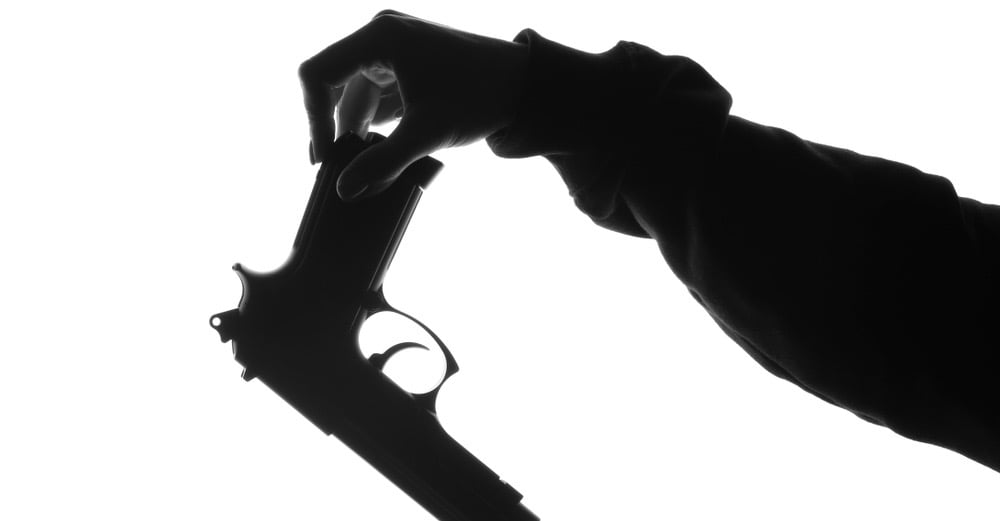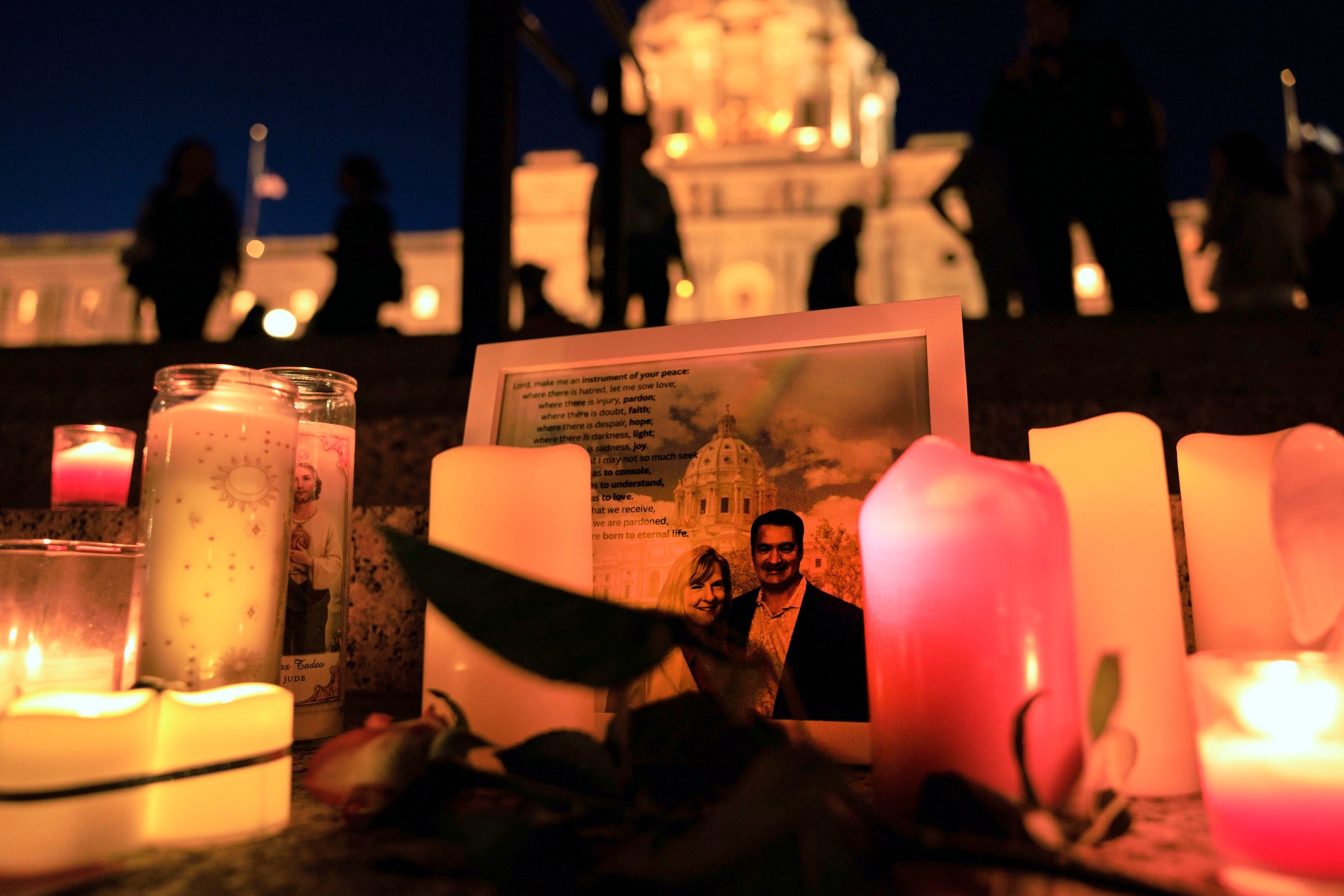The shooter in Wednesday night’s Thousand Oaks nightclub mass shooting lived in a county where police have not often utilized the state’s “red flag” law, written to keep guns out of hands of dangerous people.
According to the local sheriff, the deceased suspect lived in the Ventura County town of Newbury Park. Police had been called to his home this past April to investigate a disturbance, but he was cleared after a psychiatric evaluation and was not subject to any kind of mental health-related court order.
That leaves open the question of whether the police could have sought an order to keep him away from guns. However, state data shows that, during the first two years of California’s gun violence restraining order law (GVRO), authorities in Ventura County removed guns from potentially dangerous people far less frequently than their counterparts in neighboring Santa Barbara and Los Angeles counties. The Ventura County Sheriff’s Department did not immediately respond to a request for comment.
According to data provided by the California Department of Justice, courts issued only four GVROs in Ventura County during 2016 and 2017. Next door in Santa Barbara County, which has about half the population of Ventura County, authorities seized guns 21 times during the same period. Los Angeles County, the most populous in the state, used the orders 32 times.
The Sacramento Bee reported earlier this year that nearly half of California’s counties did not file a single gun violence restraining order in 2016 and 2017.
GVROs and similar programs in other states allow police or family members to petition a judge to temporarily seize guns legally owned by someone whom they can demonstrate is at risk of harming themselves or others.
California passed its GVRO law in the wake of the 2014 Isla Vista spree killing, which was committed by a young man whose parents had pleaded with police to intervene because they feared he might do something dangerous. Police said that, despite the perpetrator’s disturbing behavior and aggressive impulses, he had not committed any crimes, and they had no legal basis to stop him from buying or possessing a gun.
Application of the GVRO law has been uneven throughout the state, but the big Southern California counties have pursued them most frequently. Santa Barbara County, which contains Isla Vista, has used the orders at a higher rate than perhaps any other county in the state. Many counties in the rural north did not secure a single restraining order in 2016 and 2017.
Allison Anderman, managing attorney with the Giffords Law Center, told The Trace that, in her experience, California’s GVRO often goes under-utilized because police agencies don’t know about the law’s existence.


